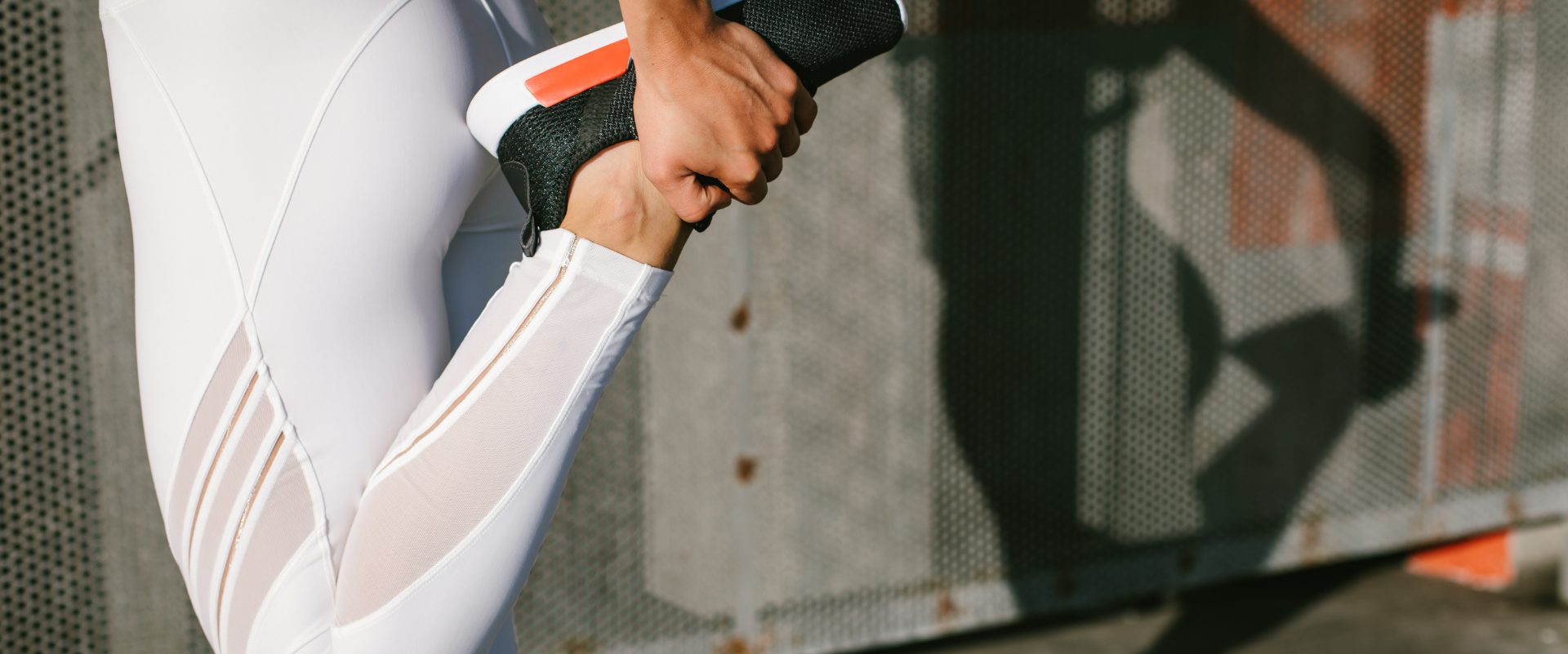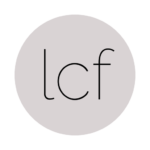The quadriceps femoris, translated as “four-headed” muscle group, is located in the front of the thigh & is comprised of the vastus lateralis (outside), vastus medialis (inside), vastus intermedius (middle), & rectus femoris (on top). The lateralis, medialis, & intermedius cross only the knee joint & help extend the knee. The rectus femoris crosses both the knee & hip joint & aids in knee extension & hip flexion. Balance among the quadriceps muscles is extremely important to proper patella tracking so that one does not overpower another and pull the kneecap out of its trochlear groove.
The hamstrings, create balance for the quadriceps. As the knee straightens, the hamstrings get longer (eccentric contraction) & the quadriceps get shorter (concentric contraction). As the knee bends, the hamstrings shorten (concentric contraction) & the quadriceps get longer (eccentric contraction).
The hamstrings are comprised of the biceps femoris, semitendinosus, & semimembranosus. They all cross both the knee & the hip joint & help to flex the knee & extend the hip joint. They also rotate the tibia when the knee is flexed.
Because both the rectus femoris & hamstrings are a two-joint muscle group in that they cross both the knee & hip joints, the position & tension of one joint effects the entire muscle, including the range-of-motion at the other joint. We see this dynamic relationship when we slightly bend the knees in a forward fold or downward dog, creating a release in the hamstrings at the knee, thereby allowing the hips to tilt forward into an anterior tilt.

Pranamaya Kosha: The Water Element
Pranamaya Kosha: The Energy Sheath As we experience this change of seasons here in the PNW, I am reminded of nature’s temporal, well, nature. The




